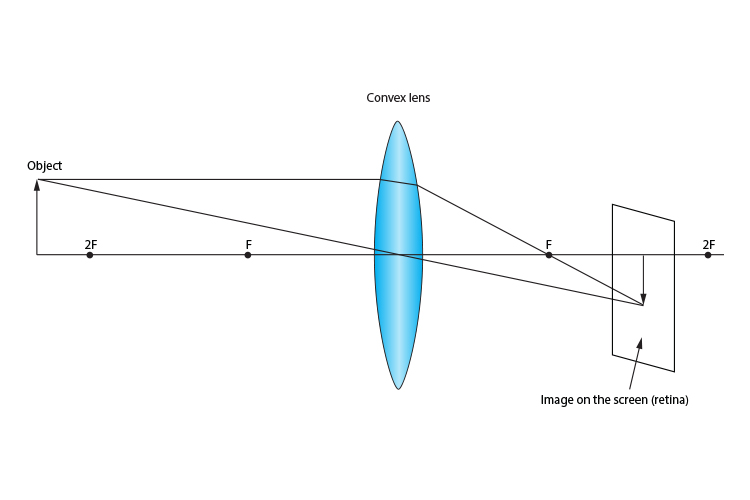Exactly. The focal plane ("sensor") is flat; thanks for the unnecessary diagram.
If you are serious about this, you really need to study optics, opthalmics and camera theory. Come back and tell us about the roundness of a pin-hole camera for instance, or where is the single point of the human eye through which all the light rays pass (Hint; its not the middle of the oblate spheroid).
And I don't mean "look something up on You-Tube", I mean actually study the subjects you are "teaching" us about.
edit; does anyone actually study anything these days?
So because the sensor is flat, let's ignore the lens elements of the camera is your logic (that the light goes through before it hits the mirror or the sensor).
You seem to be saying that a pinhole/pupil is not round, which is funny considering that you're supposed to be the expert.
Ok, let's study together since I don't think you are the expert that you claim to be.
After light enters the pupil, it seems to be hitting a lens, as per this diagram:

Does that work a little something like this diagram from the previous link "Convex lens uses – Camera" shows?

Can you please explain why this isn't relevant because the camera sensor is flat?
Oh, and also, oops, the cornea is convex too (shaped like a dome in fact).
So far I think I have established that you need the dome-shaped cornea and the convex lens behind the pupil to be able to see correctly. And I did it
without YouTube - wow!